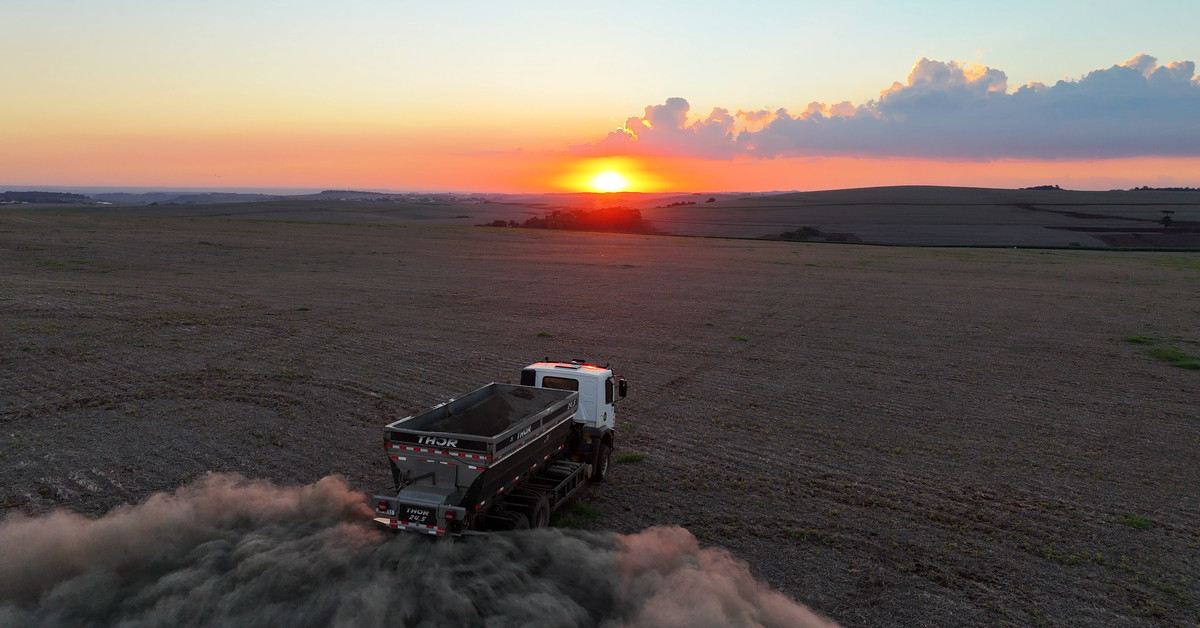In a bid to combat the devastating impact of pollution on the climate, tech giants like Google have joined forces with startups and research initiatives to develop innovative solutions. One such approach is enhanced rock weathering (ERW), which involves using crushed rocks to accelerate the natural process of carbon dioxide removal from the atmosphere. Terradot, a Sheryl Sandberg-backed startup, has secured multimillion-dollar deals with companies like Google, H&M Group, and Salesforce to remove 90,000 tons of CO2 from the atmosphere through this method.
The ERW Process: A Breakthrough in Carbon Capture
Enhanced rock weathering is a relatively low-tech approach that mimics nature’s process. Rainfall naturally breaks down rocks, releasing calcium and magnesium ions, which react with carbon dioxide to form bicarbonate. This process can take thousands of years but can be accelerated by crushing the rocks and spreading them out over large areas. Terradot has developed a system where basalt is crushed into fine powder and applied to farms in southern Brazil. The rock’s reaction with CO2 creates bicarbonate, which eventually makes its way to the ocean, sequestering carbon for thousands of years.
A Partnership Born Out of Innovation
Terradot was founded by James Kanoff and Sasankh Munukutla, two undergraduate students at Stanford University, in 2022. The startup has since partnered with Brazil’s agricultural research agency (EMBRAPA) to use the ERW method on over one million hectares of land. This partnership has not only helped Terradot meet its carbon removal targets but also provided farmers with a cost-effective way to manage soil pH.
The Challenge of Measuring Carbon Removal
While enhanced rock weathering shows promise, measuring its effectiveness remains a challenge. Google admits that it’s difficult to determine the exact amount of CO2 removed from the atmosphere through this method. Terradot plans to use soil samples to assess carbon capture levels based on rock degradation over time. However, estimating how much bicarbonate makes it to the ocean and sequesters CO2 is still an open question.
The Role of ERW in Climate Change Mitigation
While enhanced rock weathering has its limitations, experts agree that it’s a valuable tool in the fight against climate change. Professor Oliver Jagoutz of MIT emphasizes the importance of trying new approaches to mitigate the impact of pollution on the atmosphere. "We don’t have the luxury to overthink it right now," he says.
The Reality Check: ERW as a Supplement, Not a Substitute
Carbon removal through enhanced rock weathering is not a substitute for reducing greenhouse gas emissions in the first place. Google’s carbon footprint has grown significantly as it builds out energy-hungry AI data centers. The company’s recent announcement to develop advanced nuclear reactors and new solar and wind farms to power its data centers with clean energy underscores the importance of switching to renewable sources.
Conclusion
Enhanced rock weathering is a promising approach in the fight against climate change, but it’s essential to understand its limitations. While Terradot’s ERW method has shown promise, measuring its effectiveness remains a challenge. As companies like Google continue to invest in carbon removal solutions, it’s crucial to remember that emissions reductions remain the most effective way to combat climate change.
Comments
- "I think this is a great step forward for carbon capture. However, we need to be realistic about the scale of impact." – John
- "It’s amazing how much work goes into developing new technologies like ERW. I’m excited to see where this research takes us." – Sarah
- "While I agree that emissions reductions are crucial, I think we’re underestimating the potential of carbon removal methods like ERW." – Mark




